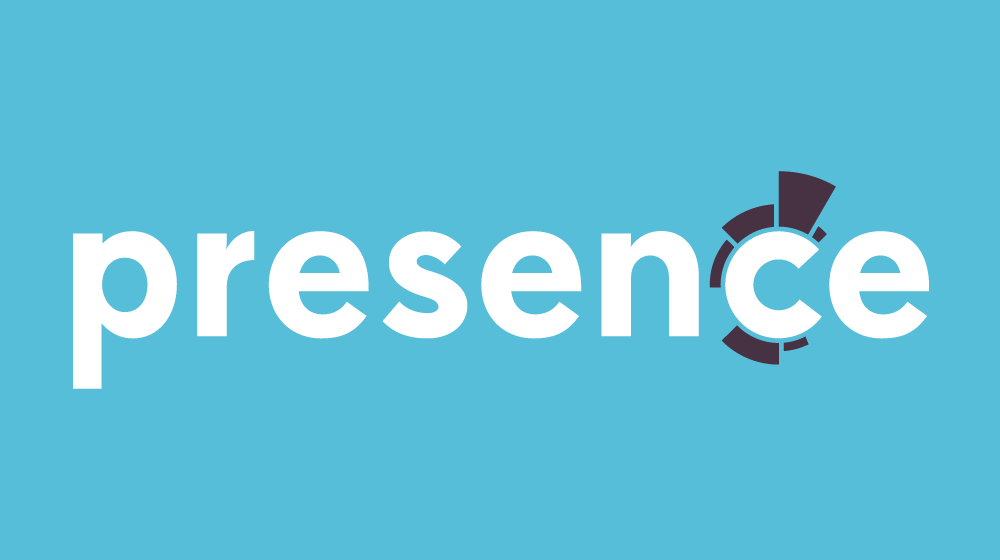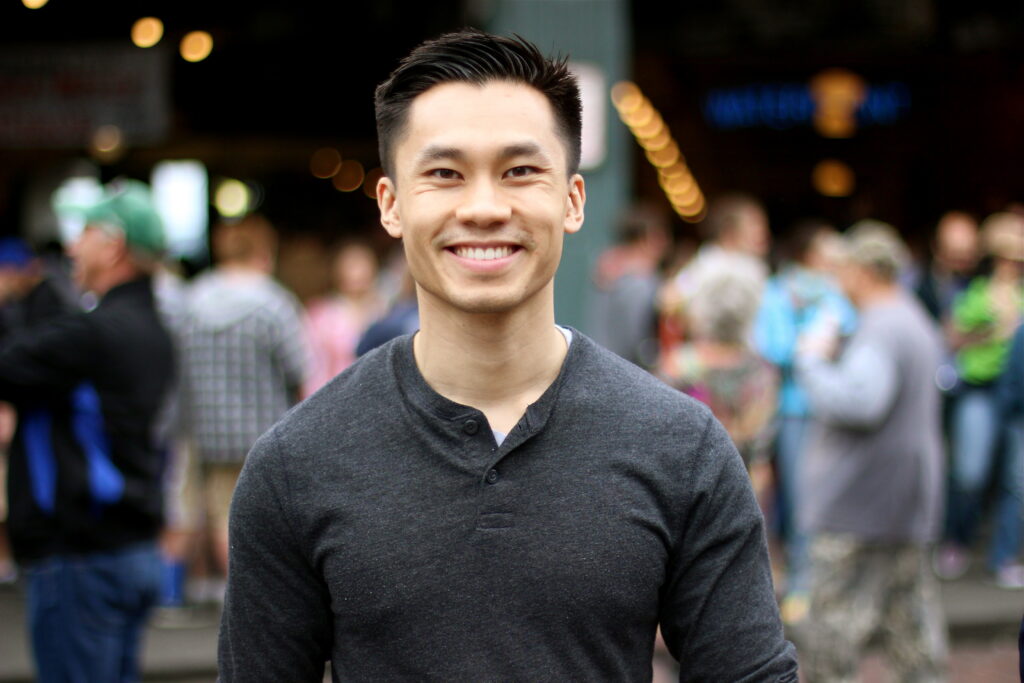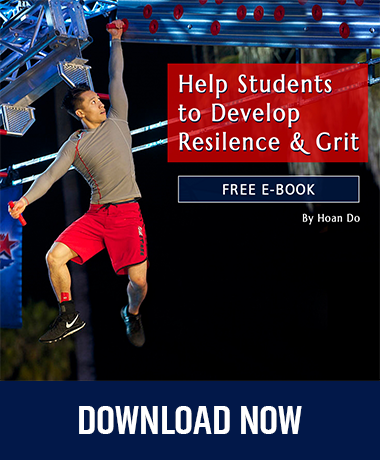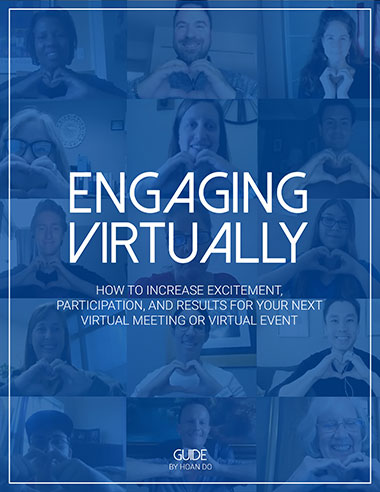
With the swift move to close down campuses across the country, and the need to transition to online learning and a world of virtual connection, the harrowing question is out there whether or not institutions will survive this crisis. On April 9th, the directors and executive directors of Presence, NASPA, ACPA, NODA, ACUI, and ACUHO-I, gathered together during an enlightening webinar to discuss the shifting culture of institutions across the country due to COVID-19. If you missed it, or would like a recap, we are here to summarize it all for you!
Host: Reuben, Founder & CEO of Presence
Panelists:
Kevin Kruger, President of NASPA
Chris Moody, Executive Director of ACPA
Joyce Holl, Exectutive Director of NODA
Justin Rudisille, Director of Volunteer & Membership Engagement at ACUI
Mary DeNiro, CEA & Executive Director of ACUHO-I
1) Are institutions going to survive COVID-19 and what will that look like?
This might be a challenge, if not impossible, for some schools that were already on the margins of mergers, acquisitions, and closures. But the education system has historically shown to be incredibly resilient through past challenges.
It might be a rough transition but there are reasons to believe that in large, yes, institutions will survive this. This is an opportunity for massive collaboration between institutions and within those institutions collaborative efforts between departments.
Students will have huge adjustments to make and some will experience trauma on different levels. Some of the issues include the general economy and what students and parents can afford; there will be more online classes and we might see more students living at home to offset costs. Students might have to shift from collaborative and group learning to becoming independent learners. There will be a major shift in how students build and create connections and community and will be mourning the loss of community as they’ve known it. They will be needing more support coming into their first year or returning.
Another area of concern surrounds the population of students at risk. This includes low income and minority students and making sure they are getting the support they need in order to succeed, as well as figuring out how to get resources to these students. Institutions will need new strategies in addressing needs such as housing, food, access to online resources etc. Residential staff and Student Affairs will have to have and utilize a unique set of skills to reach out to and support this population of students. Diversity and inclusion officers will be integral more than ever as racist acts and social justice issues will still be present. There will be an increased need for these officers to focus on keeping smaller communities as well as the larger communities together.
2) What if the country is still managing social distancing and isolation come fall?
Institutions will need to get creative with things like Welcome Week and orientation by bringing communities to virtual platforms. There will be a great need for engagement of all departments across campuses and of multiple resources to keep students, parents, faculty, and staff informed on the same page. Helping students stay connected, engaged, and involved during all of this is a huge challenge and priority. Institutions will need to build and maintain community remotely without losing the dynamics of interpersonal connection.
One question in thinking about the shifting culture is whether or not to completely shift to online registration in the fall. What will this look like if unions and residence halls are empty and what will this mean for student affairs? It will mean reinventing the role of student affairs and looking at the impact it has on students.
3) What does success look like now?
Chris from ACPA commented on the amount of communication and support between institutions as well as between institutions, parents, and students. All are demonstrating authentic and vulnerable communication during this crisis.
Mary from ACUHO-I commented on the ability of institutions to be nimble and adjust quickly. One example is evidenced by utilizing spaces on campuses for dual purposes to serve not only students but people in the community as well.
Kevin from NASPA reflected on there being a lot of support out there. This current situation is shedding light on a lot of vulnerable students who have not had much support in the past and how this is an opportunity to make great change to support and wrap around the more vulnerable students.
Justin from ACUI mentioned how important it will be to measure online participation, online fatigue and how this will impact future online engagement; this will be a marker of success to follow and chart progress. This is a time to focus on output and outcomes.
Joyce from NODA mentioned that she is impressed with the sharing going on and the importance of harnessing the ability to borrow and learn from each other, and how doing so will help with communication and engagement with students. Emphasis will be placed on how orientation leaders and coordinators are reaching out to future students.
4) How has higher ed adjusted in the past?
Higher ed has constantly been adjusting and evolving to cater to current culture, as we’ve seen with the GI bill, vets returning/entering higher ed, with civil rights, free speech, due process etc. And we’ve seen the evolution of Student Affairs as well.
We will see how telemedicine plays a role and affects students in the future as well. Telecounseling will also grow and will reach more students and grow the community. It will revolutionize how professionals interact with students in therapeutic relationships.
Having to make changes and shift and adjust will shine a light on Student Affairs and remind institutions of their purpose and value and the role Student Affairs plays and will be playing in the future. It may be a challenge at first since Student Affairs has a strong in person presence on campus and now might be moving to remote, but it is an opportunity to reshape and redefine the role of Student Affairs.
Mary mentioned something crucial-we need both art and science. We need data, yes, but it doesn’t tell the entire story. We need human interaction and that is changing to the virtual world. So, a big challenge is going to be how to live, work, and study remotely and digitally and be able to stay connected and engaged.
Resources
Joyce mentioned open forums and free webinars at nodaweb.org. Look under the events calendar or click here to see their forums and upcoming webinars. Chris mentions ACPA 2Go webinar series. For information regarding the series, click here.




